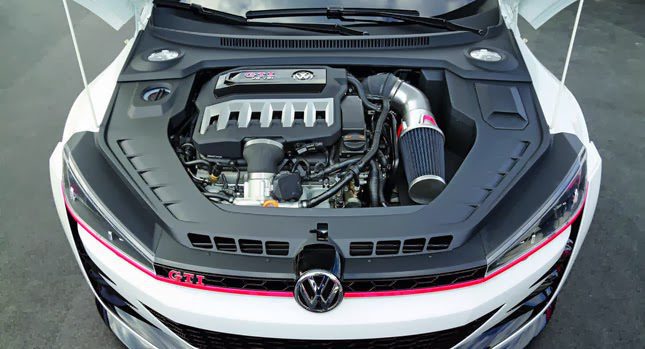Exploring the Inner Functions of a Compact Vehicle's Engine System
As drivers, we commonly take for given the detailed procedures that happen within the confines of our lorry's engine system. In this exploration of a small vehicle's engine system, we will untangle the internal workings of this mechanical harmony, shedding light on the secrets that drive us forward on our daily journeys.
Burning Process Introduction
The burning procedure in a small lorry's engine system is a critical system that successfully converts gas into power to power the automobile. This process occurs within the combustion chamber of the engine, where gas and air mix, spark, and create controlled explosions. The burning procedure includes 4 main phases: intake, exhaust, compression, and power.
During the intake stage, the piston moves downward, attracting in a blend of air and gas into the burning chamber. This descending activity creates the power needed to drive the vehicle. This cyclic burning process is basic to the procedure of a small lorry's engine system, ensuring efficient energy conversion for propulsion.
Piston and Cyndrical Tube Communication

The piston's precise fit within the cyndrical tube is important for preserving optimum compression and avoiding power loss throughout burning. Tight clearances between the piston and cyndrical tube wall surfaces guarantee effective sealing, enabling the piston to relocate efficiently without allowing gases to leak past. Appropriate lubrication is also crucial to reduce rubbing and put on in between these parts, enhancing longevity and performance.
Moreover, the style and materials made use of in making the piston and cylinder impact engine performance and longevity. Modern engines commonly use lightweight yet long lasting materials like light weight aluminum alloys for pistons and cyndrical tube liners to decrease inertia and improve thermal performance. Generally, the harmonious communication in between the piston and cylinder is basic to the engine's performance and general performance.
Fuel Injection System Capability
Fuel injection systems in compact car engines play a vital function in specifically supplying gas to the burning chamber for efficient and regulated ignition. The gas injection system operates by injecting gas into the combustion chamber at click for more info the ideal moment throughout the engine's procedure (opel corsa engine). This accurate timing ensures that the gas mixes evenly with the air for proper combustion, leading to boosted fuel effectiveness and minimized emissions
There are mainly two kinds of gas shot systems used in portable automobile engines: port fuel injection (PFI) and straight fuel shot (DFI) PFI systems infuse gas into the intake port prior to the intake valve, while DFI systems inject fuel directly into the combustion chamber. Both systems have their advantages, with DFI supplying better gas atomization and PFI offering an extra economical solution.
Recognizing Engine Cooling Devices
Reliable operation of a portable automobile's engine relies heavily browse around this web-site on the effectiveness of its cooling mechanisms. The air conditioning system in a small lorry normally consists of numerous elements working together to regulate the engine temperature. Comprehending these engine cooling mechanisms is vital for keeping the performance and long life of a compact lorry's engine system.

Exhaust System Parts Explained
The ideal functioning of a compact automobile's engine air conditioning devices relies on a corresponding system recognized as the exhaust system, which consists of numerous important components for making certain reliable discharges and engine performance. The exhaust system consists of components such as the exhaust manifold, catalytic converter, muffler, and tailpipe. The exhaust manifold gathers exhaust gases from the engine's routes and cylinders them to the catalytic converter. The catalytic converter after that transforms hazardous contaminants in the exhaust right into less hazardous exhausts before releasing them through the muffler and tailpipe.
One vital element of the exhaust system is the oxygen sensing unit, which keeps an eye on the oxygen degrees in the exhaust gases to aid control gas consumption and make sure optimum engine performance. opel corsa engine. Furthermore, the resonator might exist in some exhaust systems to minimize sound levels. In general, the exhaust system plays a crucial function in maintaining engine performance, reducing hazardous discharges, and making certain a quieter driving experience for compact automobile proprietors

Conclusion
In verdict, the portable car's engine system is an intricate combination of components that work together to facilitate the combustion procedure, transform gas right into energy, and eliminate waste gases. Recognizing the internal workings of the engine system, including the piston and cyndrical tube communication, gas injection system, engine air conditioning mechanisms, and exhaust system parts, is Find Out More essential for maintaining optimal efficiency and performance of the automobile.
The combustion process in a portable lorry's engine system is a vital device that efficiently converts fuel into energy to power the lorry.Gas shot systems in portable vehicle engines play a critical function in exactly delivering gas to the combustion chamber for controlled and effective ignition.There are mainly two kinds of fuel shot systems utilized in small vehicle engines: port gas shot (PFI) and straight gas injection (DFI) Recognizing these engine cooling mechanisms is crucial for keeping the efficiency and long life of a portable car's engine system.
The ideal performance of a compact car's engine air conditioning mechanisms depends on a complementary system recognized as the exhaust system, which makes up numerous vital elements for making sure reliable exhausts and engine efficiency.
Comments on “Opel Corsa Engine: Top Tips for Maintenance and Treatment”